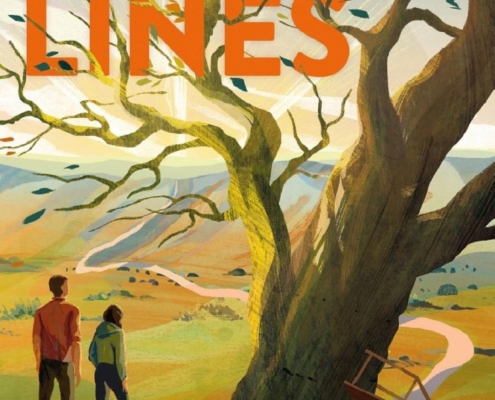Pacing the Picture Book – Laurel Abell
One of the most important elements of writing a successful picture book is pacing, or “page turns.” When done well, page turns ratchet up the “tension” in a picture book the way an antagonist might in a novel. Children should want to see what’s on the next page. Even better if they feel the need to see it.
While this is one of the most crucial components of picture book writing, it often eludes us as we are trying to get words on the page. I have tried many methods, from visualizing the scene on each page to breaking up sentences to span one or more pages. But the one technique that came to me–in that magical way that stories do–has worked best of all.
I like to call it Hijinks Hijacking!
It’s similar to David Gill’s Sticky Note Plotting, but on a smaller scale. Here’s how to Hijinks Hijack:
First, GET WORDS ON THE PAGE! 300-500 is a good range to shoot for (although more for biographies). And sure, try to paginate as much as seems natural. Have the story critiqued for arc and heart and a satisfying ending. And when you think your story’s in a nearly done place… let the Hijinks begin!
If you haven’t already consulted a mentor text for this particular story, now’s the time to find one. It doesn’t have to have anything to do with the story you’re writing, but maybe you love the pacing or the illustrations feel like they almost could go with your story. Something about it feels like it’s informing your story.
Get that book.
Also get these other supplies: scissors, stapler, sticky notes.
Print off your story. Cut out “chunks” of it that seem to belong on one page, preferably even one side of a page. Staple each section to a sticky note.
Now you’re ready to Hijack!
Put the title of your book over the title on the mentor text.
Open the book and place your words on each page, covering the author’s words as much as possible. (Hijinks Hijacking here, a crime of passion. So, you’ll be found innocent by reason of insanity).
As you do this, you may begin to sense that some things don’t fit or are too long. Make those small adjustments at that time if you like. But make sure each page has words on it.
Jenn Bailey’s A Friend for Henry
Bethany Hegedus’ Alabama Spitfire
It doesn’t have to be pretty.
Then, imagine this is YOUR book. You are at a school reading it for the first time to a room of eager children. Hold it the way you would to show the pictures and read it with all the voices and animated gusto you can muster for an actually empty room (Tough Crowd!) You should be able to “feel” if a page turn feels off or too late (or soon), and you will be able to actually sense the effect your story will convey. Move sticky notes around as needed. Make revisions as needed. Kill darlings as needed.
Then, try it out on some kids for realz! See if you can read it at a school or to a group of kids in a playgroup. Watch their reactions. Their facial expressions will tell you a lot. Plus, just reading it aloud to a real audience can reveal its success (or lack thereof…)
For me, it works like a charm! I don’t think I’ll ever write a picture book without doing this. Unless I become Jane Yolen. But you know what? I bet she has some Hijinks up her sleeve!









